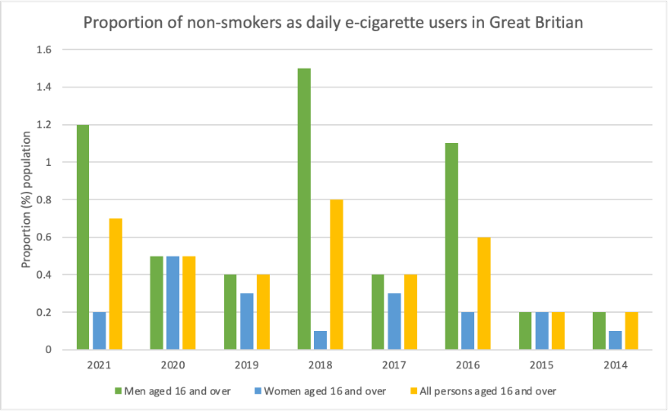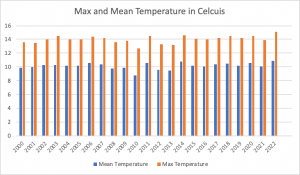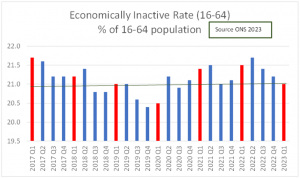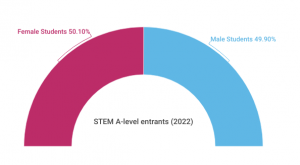Flavour fever: Vaping culture in the UK
Nicotine products are regularly scrutinised by government health bodies and restrictions adjust in parallel. In the 1930s, cigarettes were still being promoted for their health risks by reputable individuals such as Edward Bernays who’s research focused on marketing as a tool for social control.
Health risks continued to arise, forcing direct legal intervention to safeguard potential users. Two-thirds of smokers start before they turn 18 according to Cancer Research and tobacco smoking is associated with around 100,000 deaths annually in the UK. A large part of the actions to regulate tobacco is in an attempt to catch young people before they start.
As of 2007, the UK created a smoking ban on enclosed public spaces (Scotland implemented this a year prior) and raised the legal age to purchase cigarettes to 18 from 16. 2008 introduced the requirement of pictorial health warnings on packaging while the European Union Tobacco Product Directive laws introduced in 2014 banned menthol cigarettes as of 2020. In 2019, the UK government announced an ambitious goal to end smoking in England by 2030.
Despite a decline in tobacco smoking, a new adversary has arisen in the form of e-cigarettes, branded as a tool for quitting smoking. In 2016, the EU Tobacco Products Directive included restrictions on the promotion of e-cigarettes and mandated warning information on the packaging. Nevertheless the UK has done little to implement these guidelines and promotion continues through formal bodies such as Public Health England and NHS Health Scotland. The official NHS website recommends vaping to quit smoking as it is “far less harmful than cigarettes”. While electronic cigarettes are associated with lower levels of tobacco related toxicants compared to cigarettes, long term use impacts are still virtually unknown.
The general sense of acceptance in using e-cigarettes in the UK raises a multitude of concerns, especially with the potential of non-smokers adopting vaping.

Office for National Statistics: E-cigarette use in Great Britain for non-smokers
The graph above illustrates the trends in daily e-cigarette use by non-smokers between 2014-2021 and shows a significant increase in use after 2016. Focusing on 2021, 1.2% of men 16 and over were previously non-smokers who became daily users of e-cigarettes. This means that around 1 in 100 men with no smoking history became addicted to nicotine from e-cigarettes, suggesting that vaping may be drawing more people into nicotine addictions rather than simply acting as a smoking deterrent.
Brown et al (2020) conducted a study on young people participating in vaping to address the concerns about renormalisation of nicotine products. In direct contrast to the perceived reasons for adult use of e-cigarettes, common reasons for young people included fun with peer groups, flavours and to show off tricks. In particular, flavour seems to have a considerable social value, with students discussing and swapping flavours.
Youths stand to be far more vulnerable to vaping with the social appeal and availability of a variety of flavours. Additionally, the discrepancy in education of the teaching of smoking risks compared to vaping is bolstered by the spread of misinformation on social media, especially claims on it being far less harmful than tobacco which neglects the potential risks and generalised harm brought by a nicotine addiction.
Animal studies shedding light onto the impacts of trendy flavours on nicotine use demonstrated a clear trend in which flavours would increase dopamine release for male mice (females did not express the same pattern), associated with the reward centre of the brain (Gades et al, 2022). This highlights the importance of research into the impacts of flavour on addiction as flavours may impact the addictiveness of tobacco products as it indicates an increased likelihood of nicotine abuse with more appealing flavours.
It is also note-worthy that the UK banned flavoured cigarettes in 2014, hoping to reduce the number of smokers, therefore, logically, the same restrictions should be implemented for e-cigarettes. Overall, the lack of restrictions in e-cigarette sales compared to cigarettes is considerable considering the lack of research into the potential health risks. It is a dangerous game to maintain sales as they currently stand in Great Britain since the wide variety of flavours makes vaping all the more appealing to young people which, while e-cigarettes may reduce the number of smokers, exposes teenagers to life-long nicotine addictions.
References
Brown, R., Bauld, L., de Lacy, E., Hallingberg, B., Maynard, O., McKell, J., Moore, L. and Moore, G. (2020). A qualitative study of e-cigarette emergence and the potential for renormalisation of smoking in UK youth. International Journal of Drug Policy, 75, p.102598.
Mari S Gades, BA, Aleksandra Alcheva, MD, MPH, Amy L Riegelman, MLIS, Dorothy K Hatsukami, PhD, The Role of Nicotine and Flavor in the Abuse Potential and Appeal of Electronic Cigarettes for Adult Current and Former Cigarette and Electronic Cigarette Users: A Systematic Review, Nicotine & Tobacco Research, Volume 24, Issue 9, September 2022, Pages 1332–1343, https://doi.org/10.1093/ntr/ntac073




